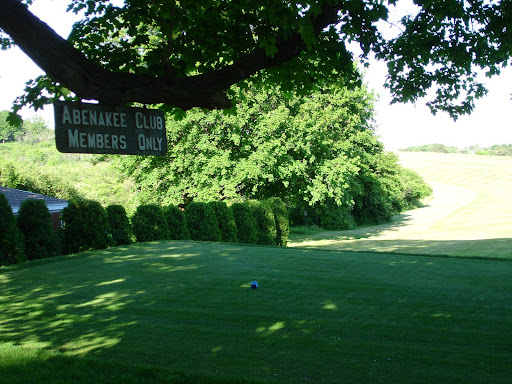Mark and Mike,
The tax issue is not simply tied to outside play. In order to be tax compliant less than 15% of a 501 c 7 club's total revenue can be derived from non member sources. At my club these non-member revenues include charity golf outings on Mondays (We have about 8-10 per year), banquets, weddings and meetings. In most recent fiscal years they have accounted for about 12.5% of our revenue. That leaves the club with little room for outside play.
The other issue with the UK model for many US club members is that club, in essence, is not truly private. By making the club accessible to the general public, somehow the value of ones membership is diminished. I do not hold that belief. I have argued with our board that one of the world's most exclusive clubs, Muirfield, allows visitor play on restricted days and times. I believe that in a city the size of Chicago with the ardent golfers who live here would enjoy access to any number of private courses and be happy to pay reasonable fee for that access. Outside play is also a way to showcase a club to potential members.
Kevin,
Without knowing you or the club, it sounds like a somewhat typical problem in the current era. The obvious question is when is this era going to end and what is the new normal on the other end?
The big question is what is the value of your tax-exempt status?
Right now I would assume that there is no surplus to be taxed so the answer is small for now in terms of taxes on profits. The next question is what would be the property taxes if you lost your status? I have heard that Yale Golf Course went through a tax problem with New Haven some years ago. Obviously Yale is the #1 employer in New Haven so they have some pull. While your club may not have this kind of pull, the local town does not want to close you down and put your employees on unemployment. Thus as an outsider looking in, it would seem like a worthy conversation.
Finally, the biggest hurdle for so many clubs is and will be the "private status" of the club from a perception rather than tax or compliance perspective. I once heard someone here say "they are all public, some are just more public than others"!! Again, I don't know your club but it seems like more clubs are going to go down in this era holding onto this privacy and status weight around them.
Last night I was at a well known private and eating club for a squash match that was historically a Jewish club and sits at the crossroads of Manhattan across from the club that was the historically a WASP club. I spoke to a Jewish friend later as the club was rather empty by 7:30 PM when we left. The Jewish and WASP clubs would be more than happy to have Sweeney's, Goldstein's or Tom Paul's as a member these days. Reality is I can join the publicly traded NY Sports Clubs that have over 100 facilities over the East Coast including Boston and Philly where we travel and I don't have to get a letter from my club to get in the club in Boston. I have a magic card key that works in all 100!
I love the intimacy of private clubs as much as most around here, but reality is the world is changing and private clubs should take a hard look at the City Athletic Clubs model that changed radically when NY Sports and similar gym started to open. My uncle was a member at the Downtown Athletic Club (Heisman Trophy) for years and 9/11 was the final blow to the club. If you are not Winged Foot, Garden City or one of the bulge bracket clubs, it seems like a time to take a look. Good luck.
PS. I am 47 years old, and I would be interested to hear the perspective of the younger guys here. It is my perspective that in the Facebook era, privacy and intimacy is not really valued by their generation. See below:
